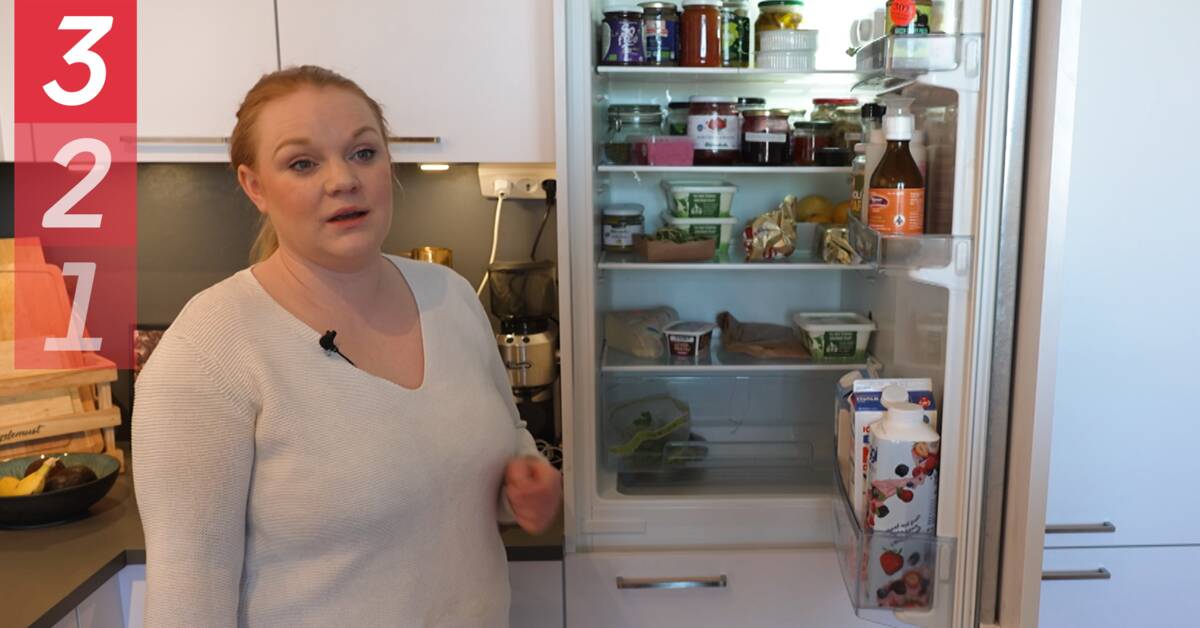We throw away an average of 15 kilos of edible food per person in Sweden every year. In addition to that, we pour 18 kilos of food and drink into the sink.
But now that food has become more expensive, something has happened.
"Consumers respond that they have become better at planning what to buy home, they use their minds more to determine sustainability and they take advantage of food scraps to a much greater extent now," says Karin Fritz, food waste expert at the National Food Agency.
Acting differently
In May 2022, the Swedish National Food Agency investigated how last spring's high food prices affected households' attitudes towards food waste.
When the National Food Agency asked the same questions now, the proportion who answered that they act differently to avoid throwing away food had increased. This is shown in a yet-to-be-published consumer survey from the Swedish National Food Agency, which SVT has received.
"It is sad that it is the high food prices that are the reason why consumers take better care of food, but it is good that food waste is reduced. I really hope that we take the behavior forward with us," says Karin Fritz.
Severe climate culprit
Food waste is a real climate culprit. It accounts for between 8 and 10 percent of the world's greenhouse gas emissions. Food waste occurs at all stages, from agriculture to shops. But most of all food waste takes place at home.
"When you throw away food that you could have eaten, you have burdened the environment all the way from cultivation, processing, transport and storage. It is a huge waste of the earth's resources. You've also paid for the food, so you also throw money away when you throw away food," Fritz says.
There are thousands to be earned for households that reduce food waste. A family of four can save between SEK 3,000 and SEK 6,000 each year by stopping throwing away edible food, according to the National Food Agency.
Hear Emelie Kvarnström share her tips in the player above.

